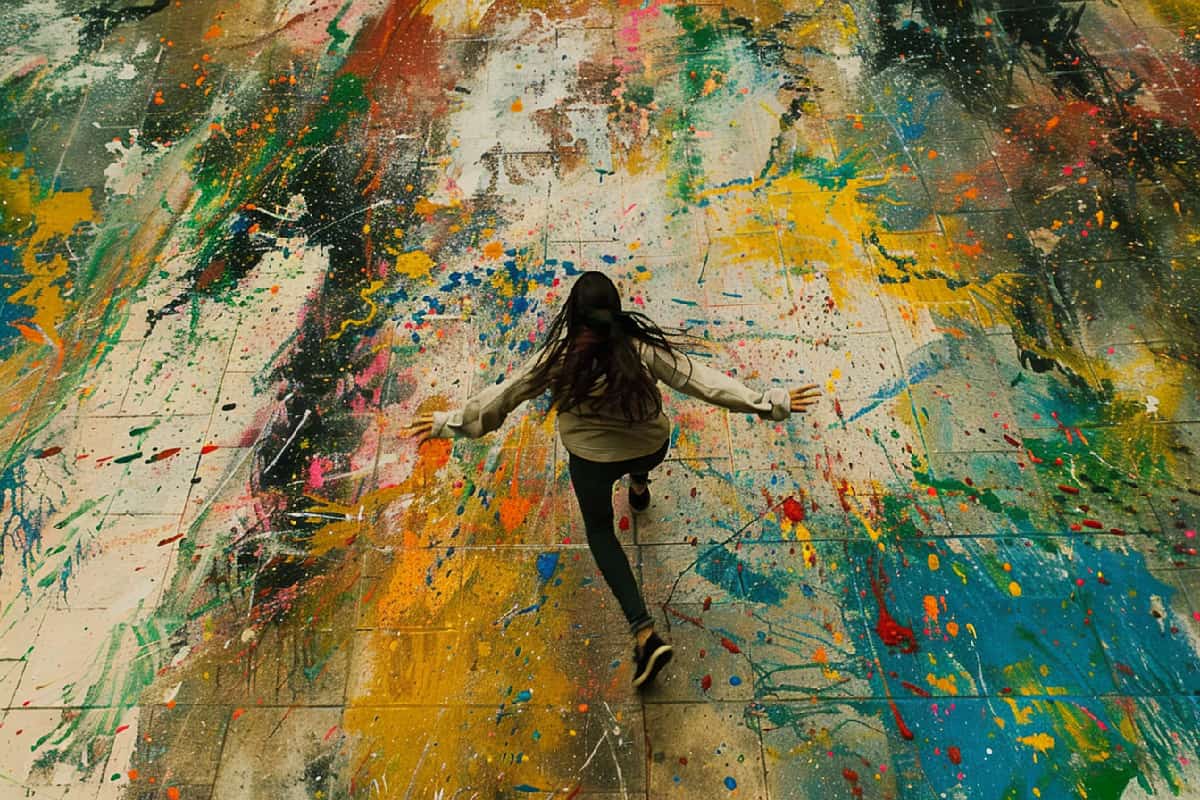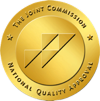When we go through our unique journey with recovery and discovering the roots of our substance use disorder, sometimes words fail us. They either don’t come at the right time or fall short. Art therapy prompts for addiction treatment steps in here and lets us speak without speaking.
More than that, if you have never experienced art therapy for addiction treatment, it’s important to understand the aspect of self-discovery. Often, when we actively take part in art therapy at addiction treatment, we create something we didn’t know was inside.
We learn from the art we create.
So, art therapy prompts for addiction treatment not only help us express ourselves but also reveal us to ourselves. This is one of the biggest surprises and strengths. Below, we are going to review and suggest 10 engaging prompts designed to unlock creativity and foster healing in the addiction treatment realm.
What Is Art Therapy for Addiction Treatment?
One of the important aspects of art therapy is that it is not art perfection. Successful art therapy might not even look that good to anyone. Its success is not only beauty but expression. Revealing the invisible.
Helping people to explore hidden emotions, find some self-awareness, build self-esteem—even combat stress, depression, and anxiety. Where verbalizing feelings can sometimes be challenging, art therapy for addiction treatment steps in as an interpreter and guide.
Why Art Therapy Works in Addiction Treatment
- Expression Without Words: Art offers a non-verbal way to express complex emotions.
- Stress Reduction: Creating art can be meditative, reducing stress and promoting relaxation.
- Self-Discovery: The process of creating can reveal inner thoughts and feelings.
- Empowerment: Completing an art project can provide a sense of accomplishment and boost confidence.
Now, let’s explore ten art therapy prompts that can aid in the journey of addiction recovery.
10 Art Therapy Prompts for Addiction Treatment
1. Create a Vision Board
-
- Goal: To visualize personal goals and dreams.
- How: Gather magazines, newspapers, scissors, glue, and a large piece of paper or cardboard. Cut out images, words, and phrases that represent your goals and dreams. Arrange and glue them onto the board in a way that makes most sense to you.
- Materials: Magazines, newspapers, scissors, glue, paper/cardboard.
- Reason: Focus on future aspirations, providing motivation and hope.
- Encouragement: If stuck, start with images or words that resonate, even if they seem random—they often reveal hidden desires.
2. Draw Your Safe Place
-
- Goal: To create a mental escape and a place of comfort.
- How: Use drawing materials to create a scene that feels safe and comforting to you. Focus on colors and elements that bring a sense of peace.
- Materials: Paper, pencils, markers, crayons, or water color paints.
- Reason: Visualizing a safe space can reduce anxiety and promote feelings of security. It can also become an anchor point for them when cravings hit or they feel particularly stressed.
- Encouragement: Think about what elements make you feel safe—colors, objects, or locations. It can be either from your life now or when you were growing up
3. Paint Your Emotions
-
- Goal: To express current emotions through colors and shapes.
- How: Choose colors and shapes that represent your current emotions. Allow yourself to paint freely without worrying about the final product.
- Materials: Canvas or paper, acrylic or watercolor paints, brushes.
- Reason: Externalizing feelings can provide relief and insight.
- Encouragement: Don’t worry about creating something “beautiful”; focus on honesty in your expression.
4. Collage of Strengths
-
- Goal: To recognize and celebrate personal strengths.
- How: Collect images, words, and phrases from magazines or printed sources that represent your strengths. Arrange them into a collage on paper or cardboard. Or you can use the magnetic poetry words and take a picture of the result.
- Materials: Magazines, scissors, glue, paper/cardboard. Magnetic Poetry and a magnetic whiteboard.
- Reason: Highlighting strengths can boost self-esteem and reinforce positive self-identity. Again this is an anchor for when life feels overwhelming.
- Encouragement: Use magazines, photographs, or drawings that represent your abilities and qualities.
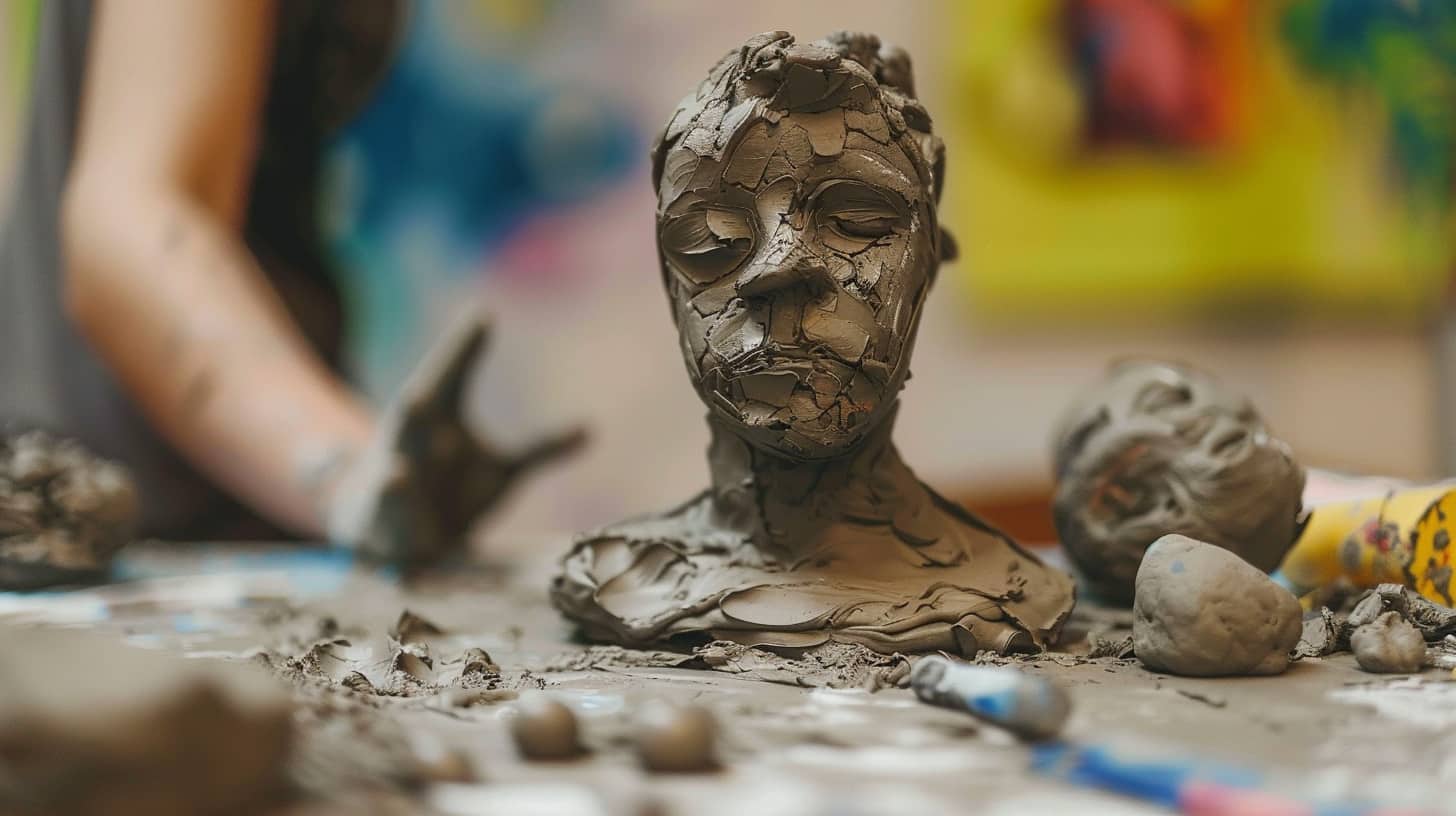
5. Sculpt Your Challenges
-
- Goal: To give form to obstacles faced in recovery.
- How: Use clay or playdough to mold figures or shapes that represent the challenges you face in recovery. Focus on the physical act of shaping the material.
- Materials: Clay or playdough.
- Reason: Tangible representation of challenges can make them seem more manageable.
- Encouragement: Use clay or playdough to create, and remember, imperfections are part of the process.
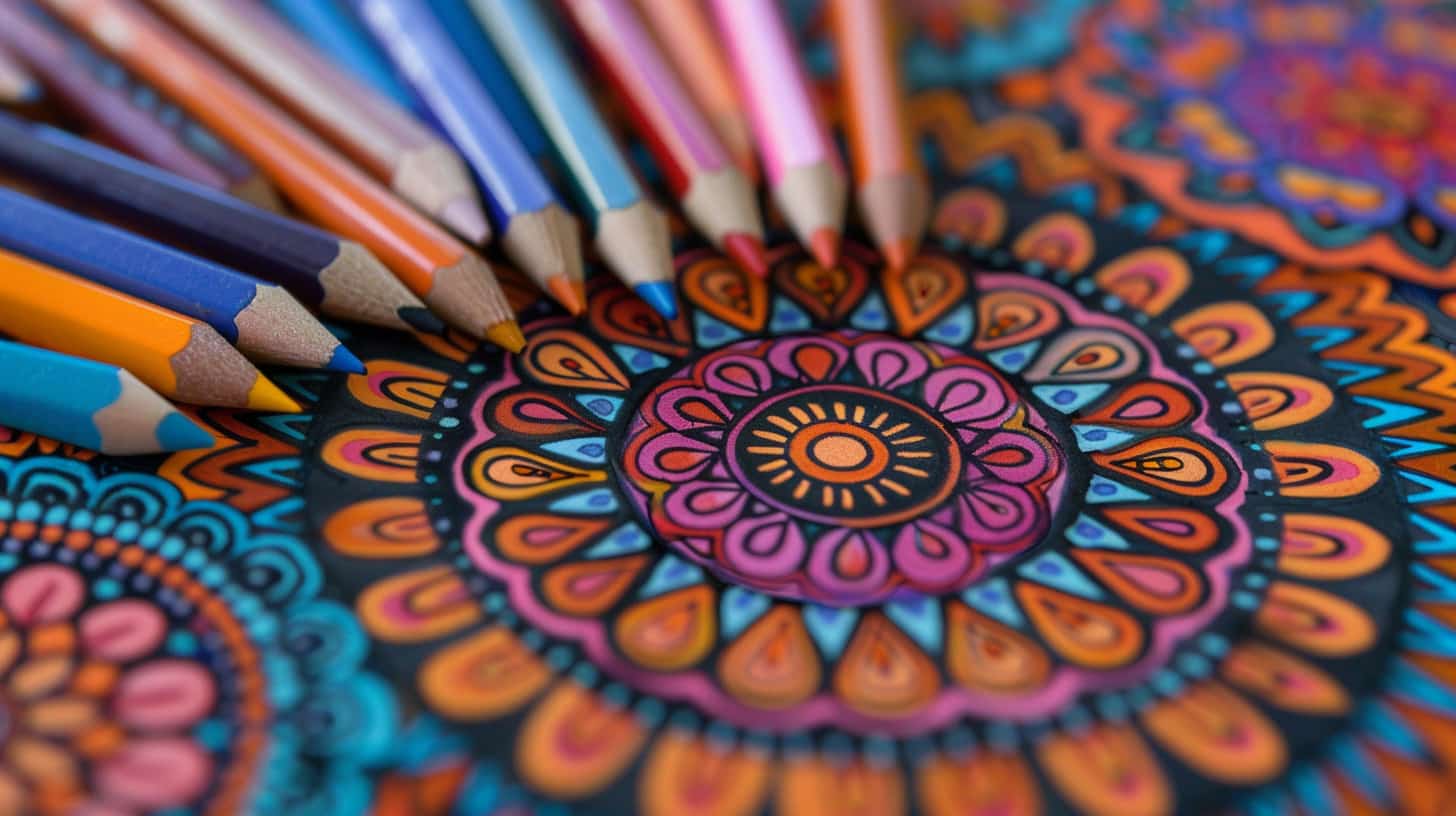
6. Mandala Coloring
-
- Goal: To focus and relax through repetitive patterns.
- How: Use mandala coloring books or printouts. Color the mandala designs using whatever colors you are drawn to.
- Materials: Mandala coloring pages, colored pencils, markers, or crayons.
- Reason: Mandalas are meditative and can promote mindfulness.
- Encouragement: Choose colors intuitively and let your mind wander as you fill in the patterns.
7. Art Journal
-
- Goal: To combine writing and art in daily reflections.
- How: Combine written reflections with drawings, doodles, or collages in a journal. Use it daily to express thoughts and feelings creatively.
- Materials: Journal, pens, markers, colored pencils, collage materials.
- Reason: A regular creative outlet can track progress and express daily emotions.
- Encouragement: Don’t censor yourself—let your thoughts and creativity flow freely.
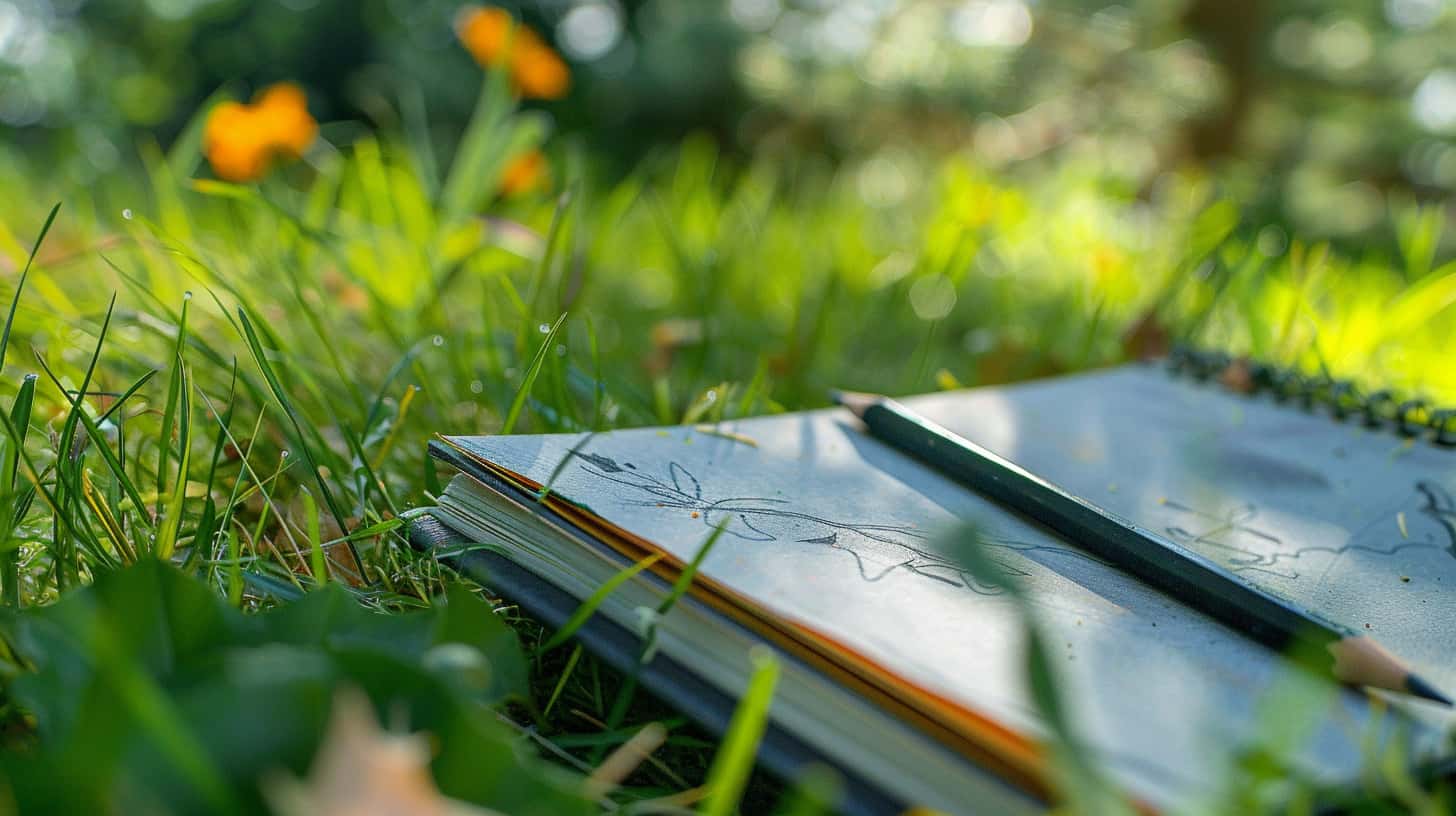
8. Nature Sketching
-
- Goal: To connect with nature and practice mindfulness.
- How: Take a sketchpad and pencils outdoors. Find a quiet spot and sketch elements of nature that catch your eye, focusing on details and enjoying the process.
- Materials: Sketchpad, pencils, erasers.
- Reason: Nature can be healing, and sketching it encourages presence and appreciation.
- Encouragement: Take a walk and sketch what catches your eye, no matter how small or simple.

9. Abstract Self-Portrait
-
- Goal: To explore self-perception in an abstract form.
- How: Use abstract shapes and colors to create a representation of yourself. Focus on expressing different aspects of your personality and emotions.
- Materials: Paper or canvas, paints, brushes, markers.
- Reason: Abstract art can reveal hidden aspects of the self.
- Encouragement: Focus on shapes, colors, and feelings rather than realistic representation.
10. Timeline of Recovery
-
- Goal: To visualize the journey of recovery, past, present, and future.
- How: Draw a timeline on a large piece of paper, marking significant events and milestones in your recovery journey. Use colors and symbols to represent different phases.
- Materials: Large paper, markers, colored pencils, pens.
- Reason: Creating a timeline can provide perspective and celebrate progress.
- Encouragement: Include significant milestones and future goals, using colors and symbols that hold personal meaning.
Bringing Art Therapy Prompts for Addiction Treatment to Your Recovery
If you have benefited from art therapy in the past, you might be able to help others in their self-discovery. Even if you’ve never experienced art therapy for addiction treatment, we believe these ten prompts are easy enough for you to get started in a non-intimidating way.
If you want to talk more about addiction treatment modalities and holistic healing for yourself or someone you love with a substance use disorder, call EagleCrest Recovery today. Our team is here to walk you through the steps to help you find healing and wholeness.
Reach out to us today to begin your creative healing journey: 844-439-7627.

